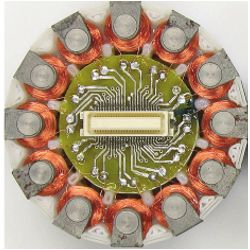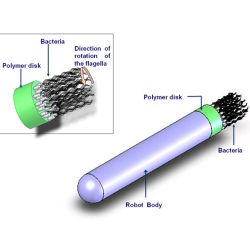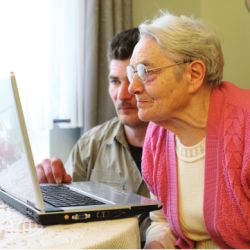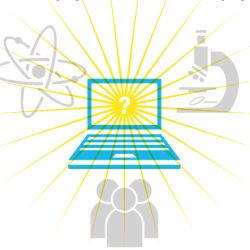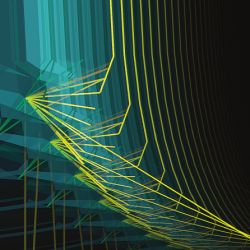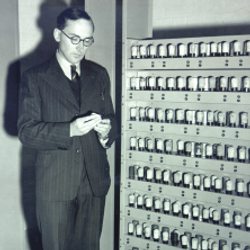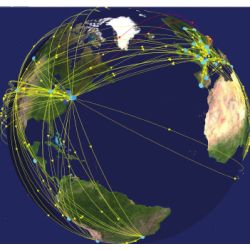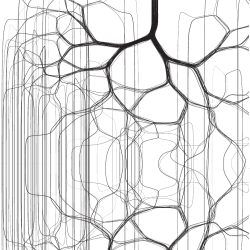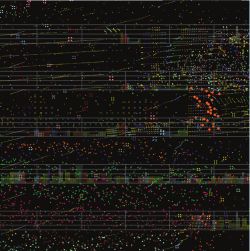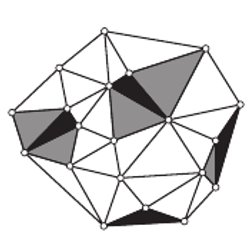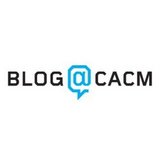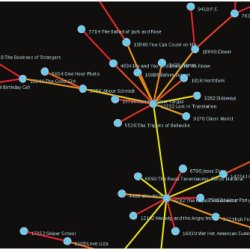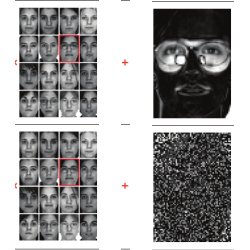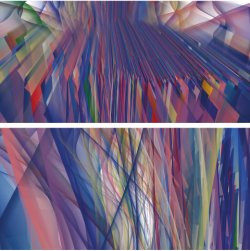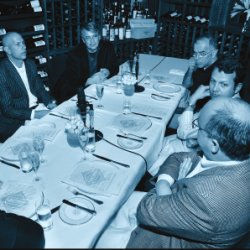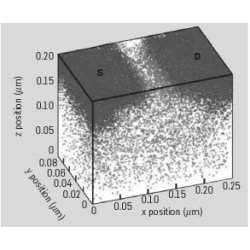Human Interaction For High-Quality Machine Translation
Translation from a source language into a target language has become a very important activity in recent years, both in official institutions (such as the United Nations and the EU, or in the parliaments of multilingual countries like Canada and Spain), as well as in the private sector (for example, to translate user's manuals or newspapers articles). Prestigious clients such as these cannot make do with approximate translations; for all kinds of reasons, ranging from the legal obligations to good marketing practice, they require target-language texts of the highest quality. The task of producing such high-quality translations is a demanding and time-consuming one that is generally conferred to expert human translators. The problem is that, with growing globalization, the demand for high-quality translation has been steadily increasing, to the point where there are just not enough qualified translators available today to satisfy it. This has dramatically raised the need for improved machine translation (MT) technologies.
The field of MT has undergone something of a revolution over the last 15 years, with the adoption of empirical, data-driven techniques originally inspired by the success of automatic speech recognition. Given the requisite corpora, it is now possible to develop new MT systems in a fraction of the time and with much less effort than was previously required under the formerly dominant rule-based paradigm. As for the quality of the translations produced by this new generation of MT systems, there has also been considerable progress; generally speaking, however, it remains well below that of human translation. No one would seriously consider directly using the output of even the best of these systems to translate a CV or a corporate Web site, for example, without submitting the machine translation to a careful human revision. As a result, those who require publication-quality translation are forced to make a diffcult choice between systems that are fully automatic but whose output must be attentively post-edited, and computer-assisted translation systems (or CAT tools for short) that allow for high quality but to the detriment of full automation.
Currently, the best known CAT tools are translation memory (TM) systems. These systems recycle sentences that have previously been translated, either within the current document or earlier in other documents. This is very useful for highly repetitive texts, but not of much help for the vast majority of texts composed of original materials.
Since TM systems were first introduced, very few other types of CAT tools have been forthcoming. Notable exceptions are the TransType system and its successor TransType2 (TT2). These systems represent a novel rework-ing of the old idea of interactive machine translation (IMT). Initial efforts on TransType are described in detail in Foster; suffice it to say here the system's principal novelty lies in the fact the human-machine interaction focuses on the drafting of the target text, rather than on the disambiguation of the source text, as in all former IMT systems.
In the TT2 project, this idea was further developed. A full-fledged MT engine was embedded in an interactive editing environment and used to generate suggested completions of each target sentence being translated. These completions may be accepted or amended by the translator; but once validated, they are exploited by the MT engine to produce further, hopefully improved suggestions. This is in marked contrast with traditional MT, where typically the system is first used to produce a complete draft translation of a source text, which is then post-edited (corrected) offline by a human translator. TT2's interactive approach offers a significant advantage over traditional post-editing. In the latter paradigm, there is no way for the system, which is off-line, to benefit from the user's corrections; in TransType, just the opposite is true. As soon as
